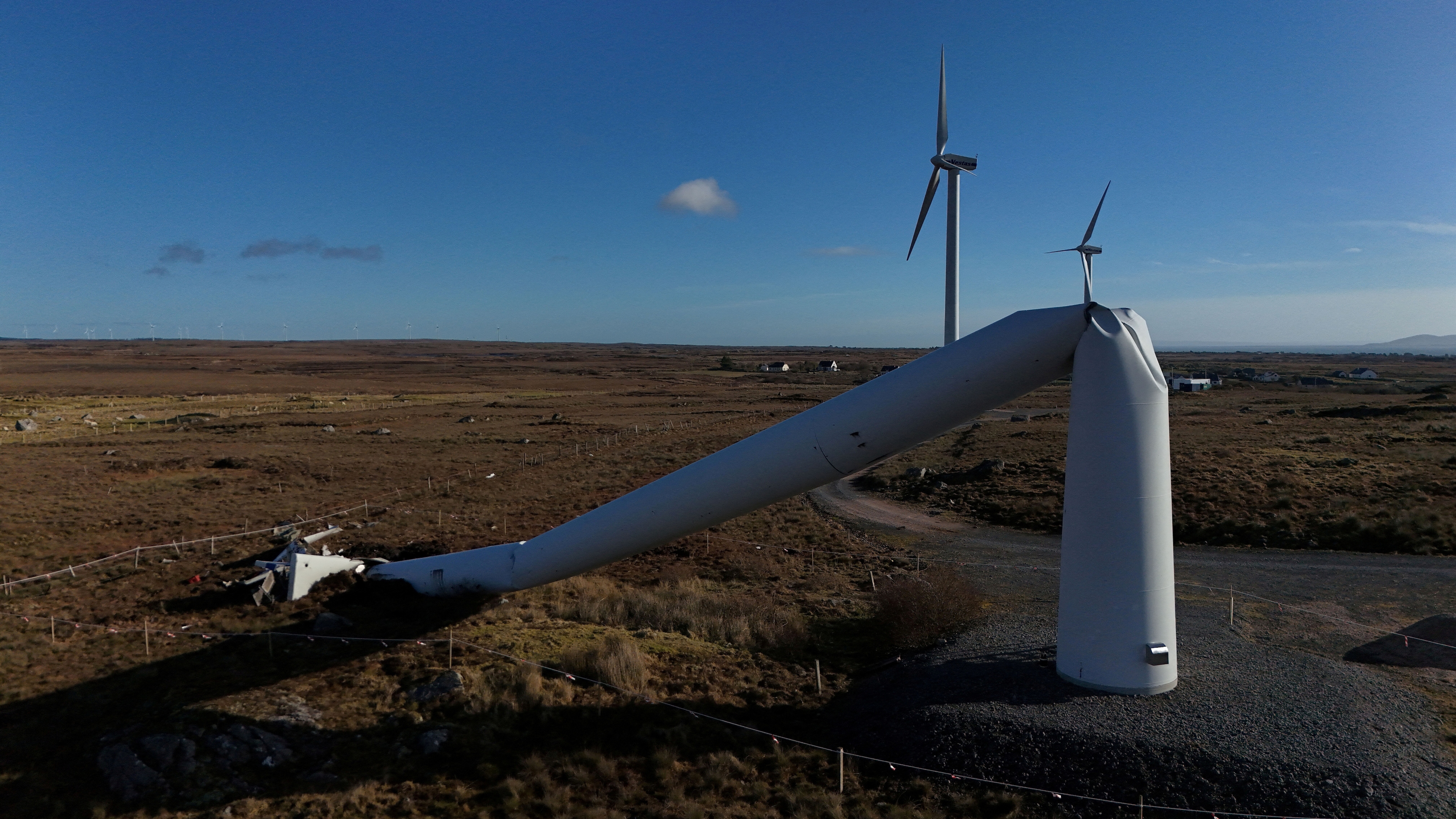NASA launches first satellite to study heat emissions at Earth's poles

The Prefire mission will improve our ability to model what’s happening with the Earth's climate, says NASA.
Image: Pexels/Pixaby
Cristen Hemingway Jaynes
Environmental Journalist, EcoWatch- NASA launched the first of a pair of satellites to study Earth's poles and improve climate change prediction.
- The shoebox-sized CubeSats will measure the heat radiated from Earth's coldest regions.
- This data will help scientists predict changes in sea, ice and weather patterns due to global warming.
For the first time, a NASA satellite has been launched with the purpose of improving the ability to predict climate change by measuring the heat that escapes from Earth’s poles.
The satellite — the first of a pair — is in orbit following lift-off from Rocket Lab’s Electron rocket in Māhia, New Zealand, on Saturday, NASA said.
“This new information — and we’ve never had it before — will improve our ability to model what’s happening in the poles, what’s happening in climate,” said Karen St. Germain, Earth sciences research director at NASA, reported by AFP.
The two cube satellites in NASA’s Polar Radiant Energy in the Far-InfraRed Experiment (PREFIRE) mission — called CubeSats — are each the size of a shoebox. They will measure how much heat our planet radiates from two of its coldest and most remote regions.

St. Germain explained that, since small satellites answer precise scientific questions, they can be seen as “specialists,” while larger satellites are “generalists".
“NASA needs both,” St. Germain said.
DATA from the mission will assist researchers in better predicting how Earth’s weather, seas and ice will change as the planet warms, NASA said.
“NASA’s innovative Prefire mission will fill a gap in our understanding of the Earth system – providing our scientists a detailed picture of how Earth’s polar regions influence how much energy our planet absorbs and releases,” St. Germain said in a NASA press release.
“This will improve prediction of sea ice loss, ice sheet melt, and sea level rise, creating a better understanding of how our planet’s system will change in the coming years — crucial information to farmers tracking changes in weather and water, fishing fleets working in changing seas, and coastal communities building resilience.”
Communications have been successfully established with the satellite by ground controllers. After the other CubeSat is launched, scientists and engineers will conduct a 30-day period of checks to ensure both Prefire satellites are working properly, after which they are expected to be in operation for 10 months.
“At the heart of the Prefire mission is Earth’s energy budget – the balance between incoming heat energy from the Sun and the outgoing heat given off by the planet. The difference between the two is what determines the planet’s temperature and climate. A lot of the heat radiated from the Arctic and Antarctica is emitted as far-infrared radiation, but there is currently no detailed measurement of this type of energy,” NASA said.
The atmosphere’s water-vapour content — combined with the presence, composition and structure of clouds — influences how much far-infrared radiation escapes from the poles.
“This is critical because it actually helps to balance the excess heat that’s received in the tropical regions and really regulate the earth’s temperature,” said Tristan L’Ecuyer, principal investigator for Prefire and a researcher at University of Wisconsin, Madison, as AFP reported. “The process of getting the heat from the tropical regions to the polar regions is actually what drives all of our weather around the planet.”
Data will allow researchers to locate when and where far-infrared energy is radiating from the Antarctic and Arctic environments into space, NASA said.
“The Prefire CubeSats may be small, but they’re going to close a big gap in our knowledge about Earth’s energy budget,” said Laurie Leshin, director of Southern California’s NASA Jet Propulsion Laboratory.
Each of the satellites carries a thermal infrared spectrometer — an instrument which uses specially shaped sensors and mirrors to measure infrared wavelengths.
“Our planet is changing quickly, and in places like the Arctic, in ways that people have never experienced before,” L’Ecuyer said. “NASA’s Prefire will give us new measurements of the far-infrared wavelengths being emitted from Earth’s poles, which we can use to improve climate and weather models and help people around the world deal with the consequences of climate change.”
Don't miss any update on this topic
Create a free account and access your personalized content collection with our latest publications and analyses.
License and Republishing
World Economic Forum articles may be republished in accordance with the Creative Commons Attribution-NonCommercial-NoDerivatives 4.0 International Public License, and in accordance with our Terms of Use.
The views expressed in this article are those of the author alone and not the World Economic Forum.
Related topics:
Forum Stories newsletter
Bringing you weekly curated insights and analysis on the global issues that matter.
More on Climate ActionSee all
Tom Crowfoot
August 12, 2025
Luis Antonio Ramirez Garcia
August 11, 2025
Michael Fröbel and Stanislas Hillen
August 8, 2025
Elizabeth Henderson and Daniel Murphy
August 8, 2025




